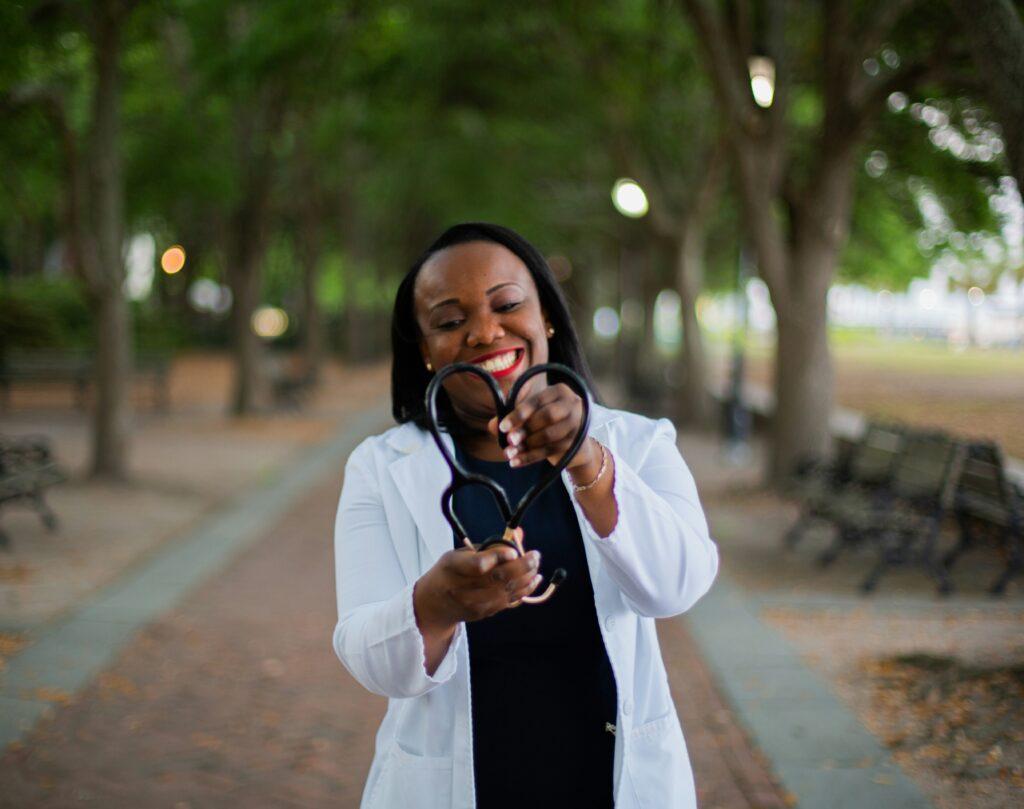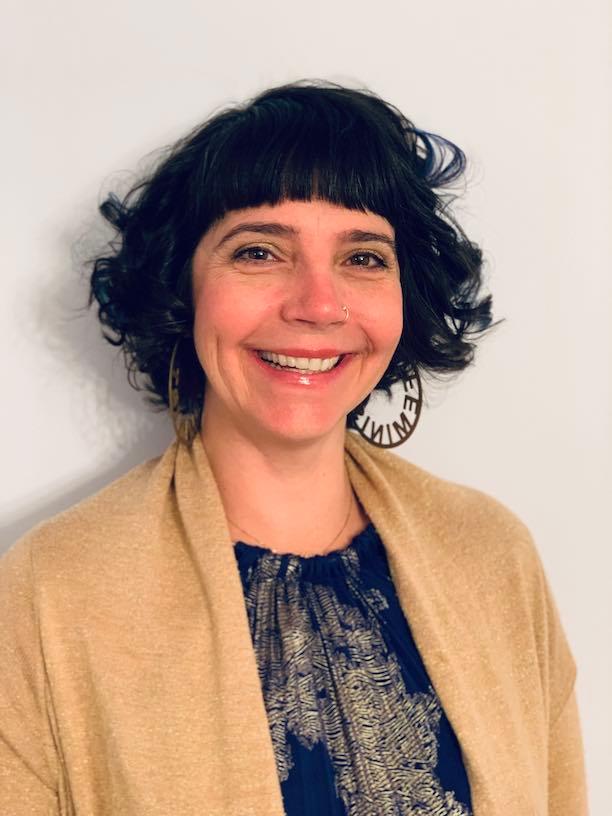Why Women’s Healthcare Is A ‘Ghost Market’ Ripe For Innovation

Photo by unsplash
Women make up half the population, but in healthcare, their needs have been sidelined for decades. According to a recent report from Amboy Street Ventures, there is an estimated $360 billion opportunity in unaddressed healthcare needs for women. Even with such a large potential market, women’s healthcare remains overlooked.
How does a market this large remain invisible? It’s what economists and investors refer to as a “ghost market” — a massive unmet need that exists in plain sight but is ignored due to stigma, structural neglect, or outdated systems.
What Is A ‘Ghost Market’
For Dr. Jaclyn Tolentino, Lead Physician at Love Life, the term ghost market in women’s health reflects the disconnect between what women actually need and what the healthcare system is built to deliver.
“There’s huge demand — around fertility, menopause, autoimmune issues, chronic fatigue, cancer prevention—and yet so many of these areas are still underfunded, under-researched, and misunderstood,” Jaclyn said. “It’s easier (and more profitable) to just treat symptoms than to invest in long-term, root-level care.”
Dr. Gabrielle Pavelko, DACM, LAc, and Chief of Staff at Rootless, said while headlines about femtech funding are on the rise, there are still millions of women who are facing their health challenges alone.
This disconnect shows up in statistics, too. According to a 2022 report by Boston Consulting Group, just 4% of total healthcare R&D spending goes toward female-specific conditions. And Dr. Corie Good, DPT, OCS said that in U.S. medical schools, the average time spent on women’s health is a mere six days.
Even those who go on to specialize in OB/GYN or reproductive endocrinology often focus almost exclusively on fertility and pregnancy, she adds, leaving out the vast spectrum of health issues that exist outside of reproduction.
This gap between need and innovation has created fertile ground. Not just for reform but for meaningful, lasting change.

Photo by Unsplash
A Market Ripe For Innovation
Although the system has been slow to respond, change is beginning to take root — driven in large part by younger generations who are refusing to accept silence as the norm. EJ Kim, Co-Founder & CEO of NNABI, said this shift is crucial.
“Women have long been taught to hide their biology,” EJ said. “But things are changing. Women are speaking up, starting companies, investing in each other, and demanding better.”
That’s where innovation kicks in. Perimenopause and menopause, for example, are gaining long-overdue attention, not only for symptom relief but for prevention of related conditions like osteoporosis, heart disease, and cognitive decline. Fertility tech, from egg freezing to IVF access to inclusive family-building platforms, is expanding rapidly. Chronic illnesses like endometriosis and autoimmune disorders, which disproportionately affect women, are also beginning to see focused research and venture interest.
There’s also a boom in personalized health tech, from wearables that track hormone levels and blood sugar to apps that log symptoms, sleep patterns, and stress. These tools offer women new ways to understand their own bodies, though Jaclyn warns that tech alone isn’t a complete solution.
“We need thoughtful education to help women interpret the data in context,” she said. “And providers who can support that knowledge with real clinical insight.”

Photo by Unsplash
Entering The Women’s Healthcare Industry
For anyone hoping to build a business, invest, or contribute to innovation in women’s health, there are some key things to keep in mind.
EJ emphasized that there’s no single “right” way to build a company in this space. But, it’s extraordinarily difficult to build something meaningful in this space without doing the work of educating people — whether it’s customers, providers, or even investors.
“Start by honoring the complexity of women’s health — and the lived experiences behind it,” Jaclyn said. “This isn’t a space that needs more quick, trendy fixes or one-size-fits-all solutions. It needs people who are willing to listen, ask better questions, and create with empathy.”
Gabby agrees, noting that while we’ve made progress, there’s still a long way to go.
“There’s still a lot of stigma and shame surrounding women’s health,” she said. “But with more advocacy and education, we can foster community and change this.”
The future of women’s healthcare doesn’t lie in more gimmicks or patchwork fixes — it lies in empathy, education, and equity. For those ready to listen, innovate, and challenge the status quo, this is more than a market—it’s a movement.






